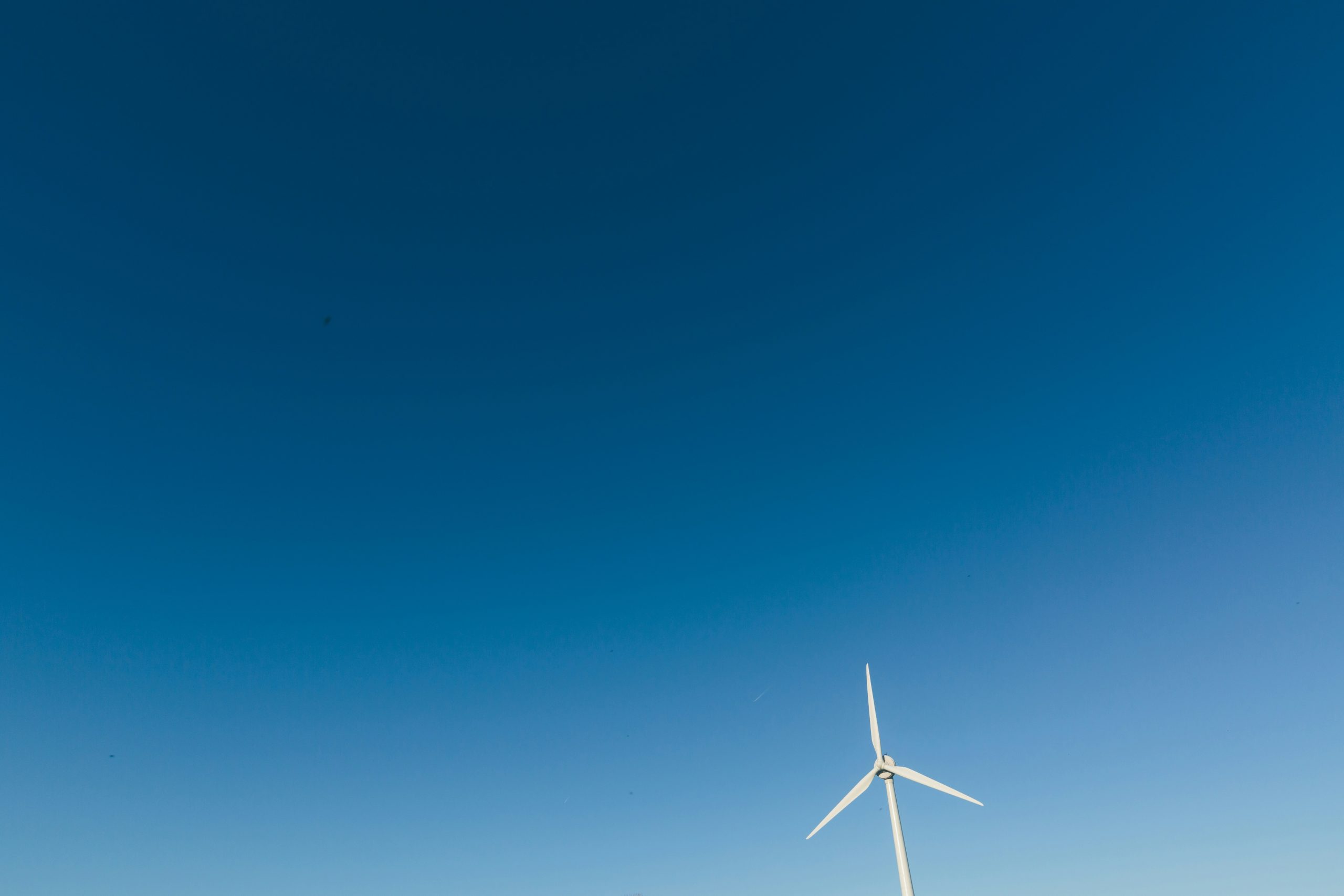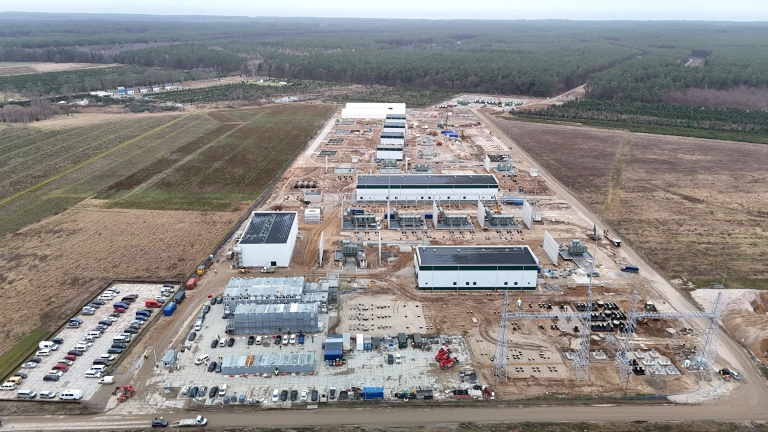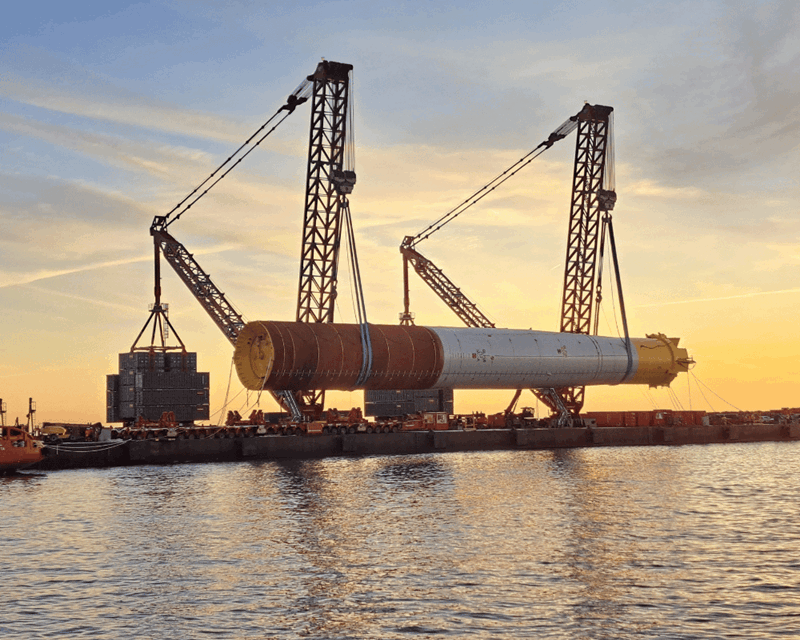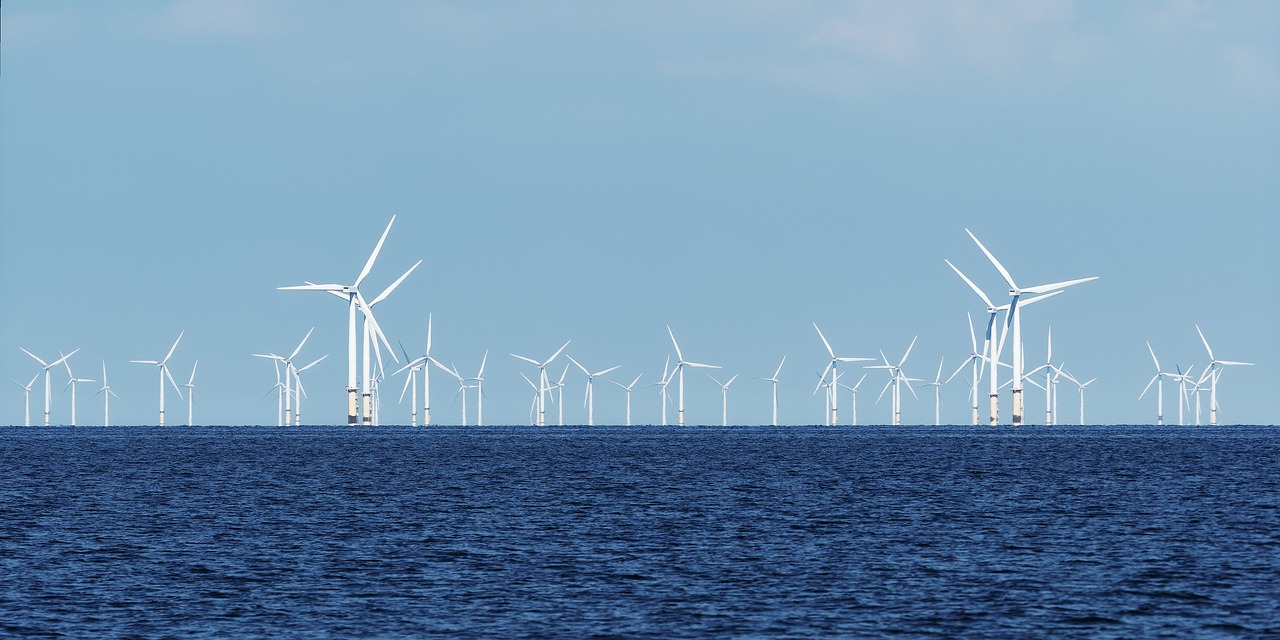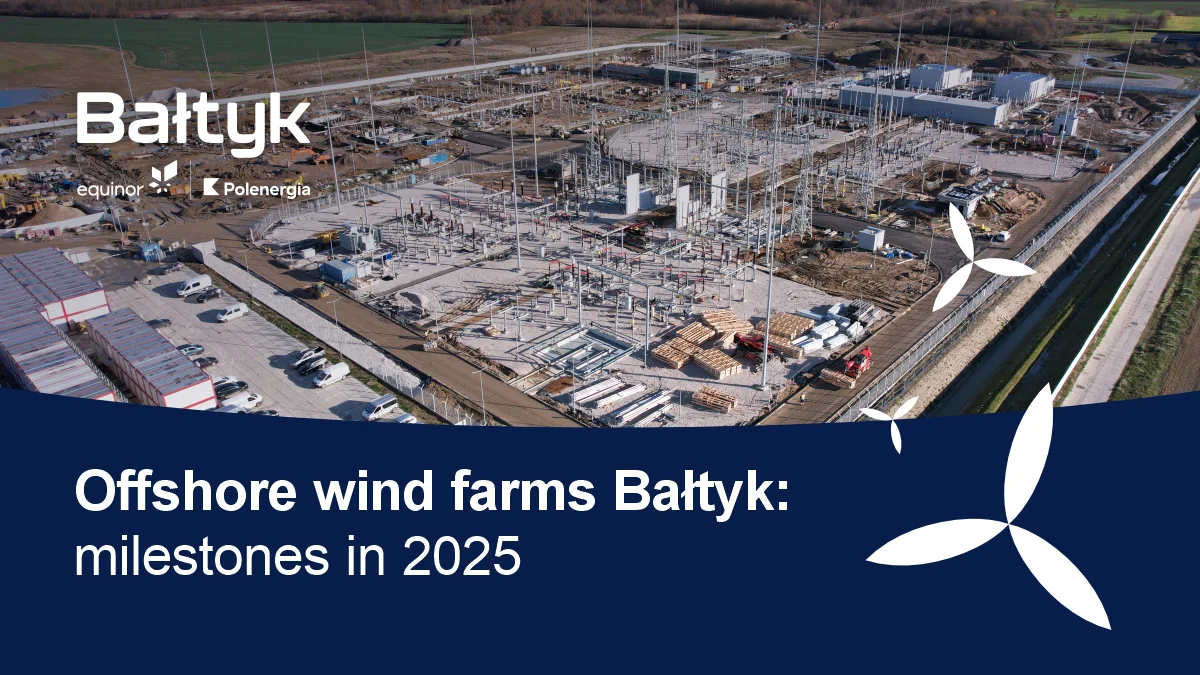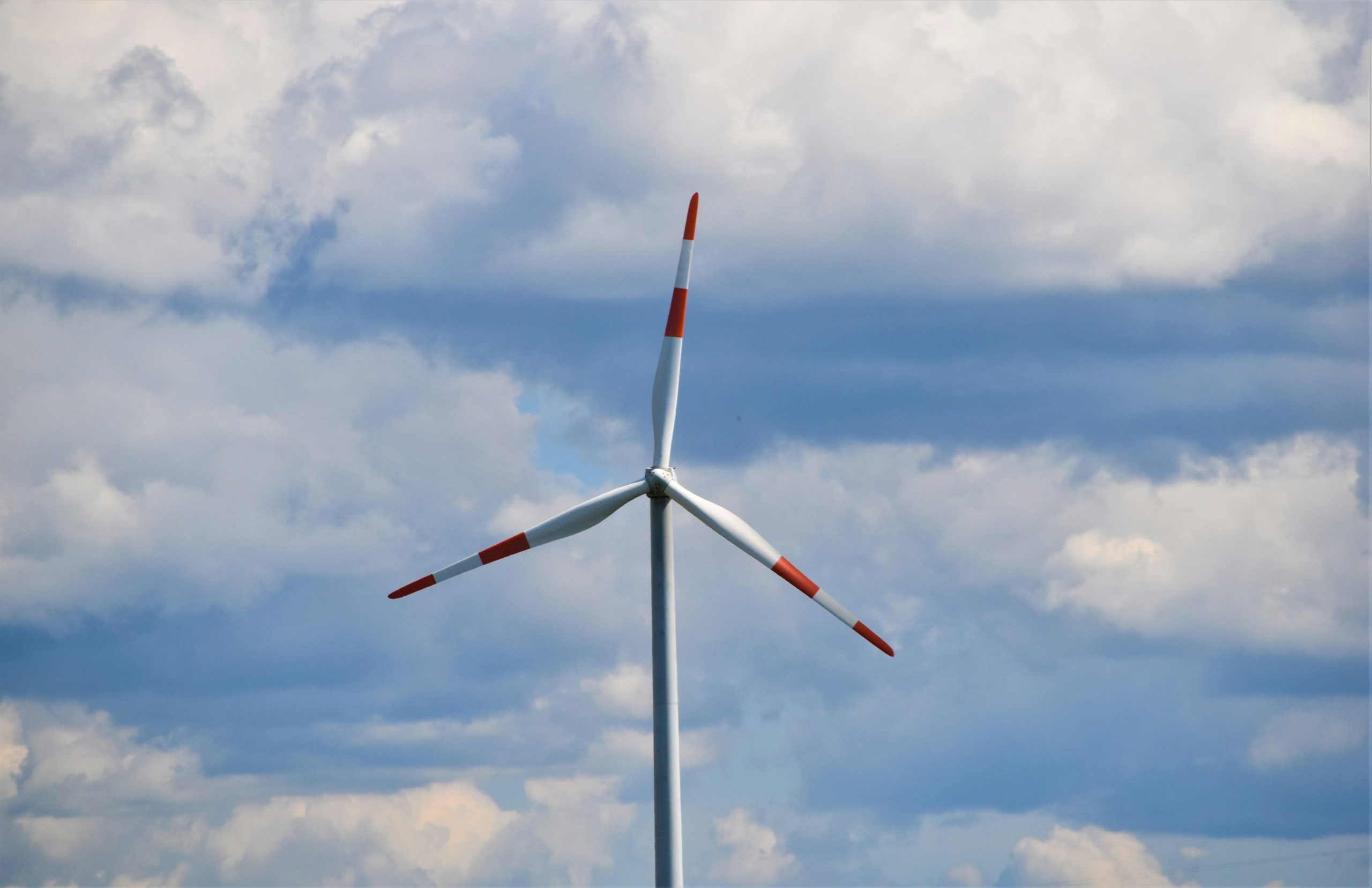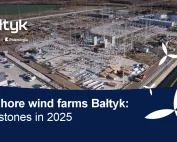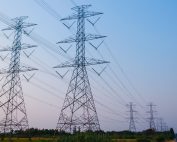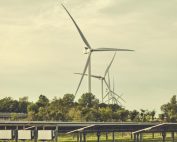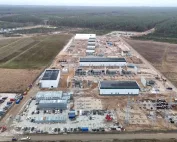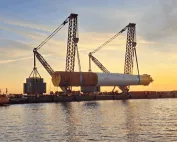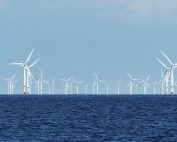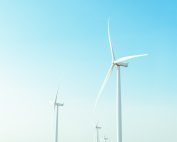- Tender design must be fundamentally revised this year – for security of supply and cost efficiency of offshore wind energy
- The offshore wind industry needs investment security – through sustainable targets and the introduction of a framework for sustainable revenue structures within this year.
- Deadlines for technical operational readiness must be adjusted – realistic implementation for reliable project execution of large-scale projects
Berlin, Bremerhaven, Frankfurt, Hamburg, Rostock, 23 July 2025 – As of 30 June 2025 1,639 offshore wind turbines with a total capacity of 9.2 gigawatts (GW) were connected to the grid in Germany. Turbines with a further 1.9 GW are under construction. The final investment decision has been made for projects with a capacity of 3.6 GW. Further projects with a combined capacity of 17.5 GW have been awarded but not yet commissioned. This was determined by the consulting firm Deutsche WindGuard on behalf of the industry associations and organisations of the German offshore wind energy sector.
The federal government is responsible for setting the necessary energy policy and industrial policy course to ensure that as many projects as possible are realised in the future. “Offshore wind energy plays a central role in the success of the energy transition. The industry must be able to rely on the expansion target of 70 GW by 2045 being maintained. The fact that this has been reaffirmed in the coalition agreement is an important signal,” emphasise the industry organisations BWE, BWO, VDMA Power Systems, WAB e.V., WindEnergy Network e.V. and the non-profit foundation OFFSHORE-WINDENERGY.
The following measures must now be implemented promptly and decisively to ensure the cost-optimised expansion of offshore wind energy with a focus on security of supply:
- A future revenue model must better guarantee project implementation and investment security – for example when considering contract for difference mechanisms (CfDs). It is important that the market framework is harmonized at a European level as far as possible and that possible power purchase agreements (PPAs) are not curtailed.
- Adjustment of the statutory implementation period within which operators must demonstrate the technical operational readiness of their offshore wind turbines – from the current six months to at least twelve months after completion of the grid connection – in order to reflect the planning realities in GW projects and reduce connection costs.
The offshore wind industry associations and organisations welcome the fact that further key requirements for the future expansion of offshore wind energy are already enshrined in the coalition agreement.
Wake effects are to be explicitly reduced and, in cooperation with neighbouring countries, joint maritime space potential is to be efficiently exploited in order to increase full-load hours and minimise system costs. Similarly, it has not only been announced that the federal government must assume greater responsibility for financing port infrastructure, but this has also been promised by the new Maritime Coordinator of the Federal Government. Further industrial policy measures, such as a guarantee programme for offshore converter construction, have also been announced – now these plans must be implemented swiftly and bindingly.
Making overplanting more flexible
For the first time, there will be a mandatory overplanting of 10 to 20 percent on the N-9.4 offshore wind area – auctioned in June 2025 – with a grid connection capacity of one gigawatt. The aim is to achieve higher utilisation of the offshore grid connection system. However, the offshore wind organisations believe that this requires a more flexible planning approach that is better balanced between wind farm developers and grid operators. The “sweet spot” for the optimal degree of overplanting varies depending on the location and should be the responsibility of the project developers.
Urgent reform of the Offshore Wind Energy Act and tender design
The most recent auction of an offshore wind area in June 2025 was awarded for only 180 million euros – substantially less than in previous rounds of tenders. This is a clear sign that offshore wind developers are facing an unhealthy level of risk. These include rigid overplanting requirements and bottlenecks in the supply chain.
Industry associations and organisations are sharply criticising the fact that the June tender was conducted according to the same rules for the third year in a row, even though this mere inquiry into willingness to pay has been rejected by a broad alliance of national and European players, including the EU Commission. The declining number of bidders to a minimum of two and the corresponding decline in bids, as well as the continuing high pressure on the supply chain, demonstrate the urgent need for reform. A fundamental overhaul of the auction design is inevitable before the end of this year.
In addition to the work that needs to be done in Germany, two points must be implemented at the European level: First, the tendering framework needs to be harmonised, for example through the unbureaucratic implementation of the Net Zero Industry Act in as many European offshore wind energy markets as possible. Second, a competitive and fair level playing field must be created, and industrial policy support for European manufacturers and suppliers is also essential.
Securing offshore infrastructure – thinking in an integrated way
Offshore wind energy is also a fundamental part of critical infrastructure – it must be ensured that security-related vulnerabilities, particularly in the area of cyber security, are avoided along the entire supply chain. Therefore, the EU NIS2 Directive must be implemented efficiently and swiftly.
The same applies to the swift implementation of the European CER Directive on the physical protection of critical infrastructure.
Source: WAB
